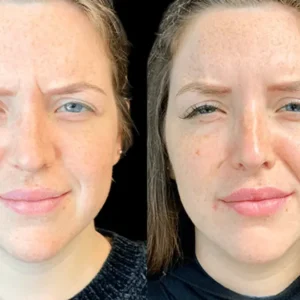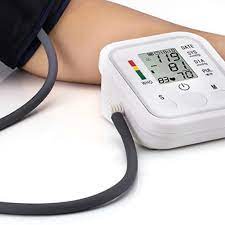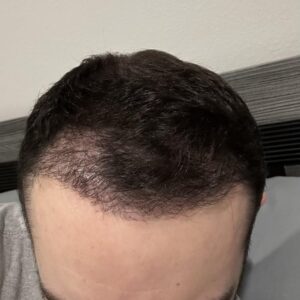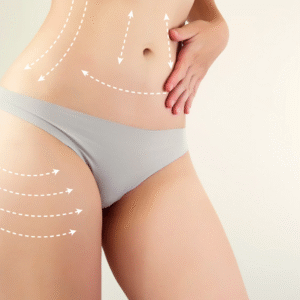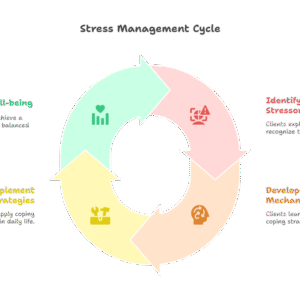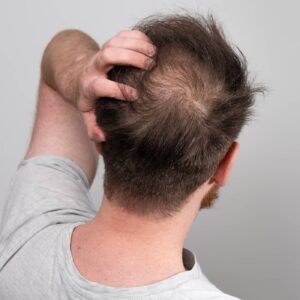Skin tags are small, benign growths that commonly appear on the neck, underarms, eyelids, or areas where the skin folds. While they are harmless, many people choose to remove them for cosmetic reasons or because they cause irritation from rubbing against clothing or jewelry. But if you have oily skin, you might be wondering: is skin tag removal the right option for you? When considering Skin Tag Removal in Dubai Silicon Oasis, it’s essential to understand the nature of oily skin, how skin tags form, and which removal methods are most suitable.
Understanding Oily Skin
Oily skin is a result of overactive sebaceous glands that produce excess sebum. While sebum is essential for maintaining skin hydration and protection, too much of it can clog pores and lead to breakouts.
Common Characteristics of Oily Skin:
| Feature | Description |
|---|---|
| Shiny Appearance | Especially on the forehead, nose, and chin. |
| Enlarged Pores | Sebum buildup can make pores look larger. |
| Prone to Acne | Oily skin often leads to blackheads, whiteheads, and pimples. |
| Makeup Longevity Issues | Makeup may slide off or look greasy quickly. |
What Are Skin Tags and Why Do They Form?
Skin tags, medically known as acrochordons, are composed of collagen and blood vessels surrounded by skin. They are usually painless and non-cancerous. While the exact cause of skin tags isn’t fully understood, they are more likely to appear due to:
-
Friction from skin rubbing against skin or clothing
-
Hormonal changes
-
Genetics
-
Obesity
-
Aging
Can People with Oily Skin Safely Remove Skin Tags?
Yes! Skin tag removal is generally safe for all skin types, including oily skin. However, people with oily skin should be cautious about post-treatment care, as excessive oil may affect how the skin heals. The risk of clogged pores or mild breakouts near the treated area is slightly higher if the skin isn’t kept clean and balanced post-treatment.
Most Suitable Skin Tag Removal Methods for Oily Skin
Let’s break down the most effective and skin-friendly removal options, especially for individuals with oily complexions:
Cryotherapy
This method involves freezing the skin tag using liquid nitrogen. It’s a quick and effective treatment, suitable for oily skin when done professionally.
Cauterization
The skin tag is burned off using electrical energy. This method cauterizes the wound, reducing the chances of infection or oil interference.
Laser Removal
Laser treatments vaporize the skin tag with precision. It’s ideal for oily skin types as it’s clean, minimizes bleeding, and helps prevent pore clogging.
Surgical Excision
A minor surgical cut under local anesthesia is made to remove the tag. This is best for larger tags, but extra care should be taken to avoid post-op oil buildup.
Skin Tag Removal Treatment Process
Here’s a breakdown of what to expect during professional skin tag removal:
| Step | Description |
|---|---|
| Consultation | A skincare specialist examines your skin type and tag size/number. |
| Preparation | Skin is cleansed and prepped, possibly numbed with a local anesthetic. |
| Removal | Depending on the method (cryotherapy, cauterization, etc.), the tag is removed. |
| Aftercare Instructions | You’ll be guided on how to keep the area clean and oil-free. |
| Follow-Up (Optional) | A short follow-up might be scheduled to assess healing. |
Does Oily Skin Affect Healing?
Generally, no. Oily skin does not delay healing if proper aftercare is followed. However, failure to cleanse the area or using the wrong products can lead to minor setbacks like clogged pores or breakouts near the treated site. Hence, following professional advice is crucial.
Benefits of Skin Tag Removal for Oily Skin
Despite initial concerns, removing skin tags can actually offer benefits to people with oily skin:
| Benefit | Why It Matters for Oily Skin |
|---|---|
| Improved Aesthetics | Removes unsightly tags in visible oily areas like the neck and face. |
| Reduced Friction | Prevents irritation in areas prone to sweating and oil build-up. |
| Cleaner Skin Surface | Less obstruction during skincare routines. |
| Better Product Absorption | Products can reach the skin more effectively. |
Comparison of Removal Methods for Oily Skin
| Method | Suitability for Oily Skin | Downtime | Scarring Risk | Common Use Areas |
|---|---|---|---|---|
| Cryotherapy | High | Minimal | Low | Neck, underarms |
| Cauterization | High | Minimal | Low | Eyelids, face |
| Laser Removal | Very High | Minimal | Very Low | Face, chest |
| Surgical Excision | Moderate | Mild | Moderate | Larger tags |
FAQ’s:
Will skin tag removal worsen my oily skin?
No, the removal treatment process itself doesn’t impact oil production. However, improper post-care can cause issues like breakouts. Stick to a gentle routine.
Is it safe to apply skincare products after removal?
Wait 24–48 hours before applying any products unless advised. Choose oil-free, non-comedogenic products to avoid irritating the skin.
Can new skin tags appear after removal?
Yes, especially if the conditions that caused the original ones persist. Friction, hormones, or genetics may lead to future tags.
How soon will my skin heal?
Most skin heals within 7–14 days post-removal. Oily skin doesn’t typically delay healing unless irritated or infected.
Is skin tag removal painful?
Most methods are minimally painful. A numbing agent is often used, and you may feel only mild discomfort during the procedure.
Final Thoughts
Skin tag removal is absolutely suitable for individuals with oily skin. With professional care and proper aftercare practices, the treatment can be both safe and effective. Whether you opt for laser, cryotherapy, or cauterization, the goal remains the same: clear, smooth skin without irritation or unnecessary oil buildup.
